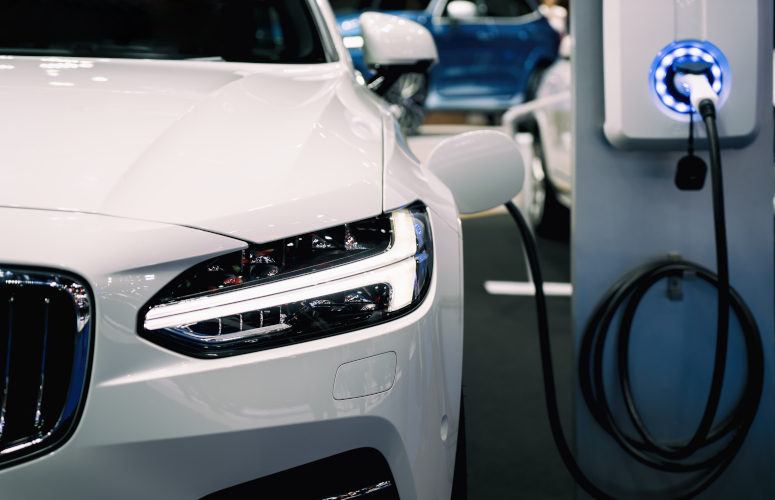
NJ TRANSIT Adopts FY 2018 Operating, Capital Budgets
On Jul 12, 2017NJ TRANSIT adopts a Fiscal Year 2018 (FY 2018) operating budget and capital program that supports continued investments in infrastructure and equipment to maintain the system in a state of good repair and enhance the overall customer experience. The operating budget is $2.218 billion, while the capital program is budgeted at $1.367 billion.
“NJ TRANSIT is moving forward with a balanced budget that reflects a laser-like look at individual business lines in order to maximize efficiencies and maintain a safe transportation system,” NJ TRANSIT Executive Director Steven H. Santoro. “As transit professionals, we owe our customers and stakeholders a solid plan that has the least impact on our riders. After much hard work, I am confident we delivered on that.”
Almost half of the revenue in the FY 2018 operating budget comes from passenger revenue ($1.014 billion), supported by a comparable amount from state and federal program reimbursements ($947.7 million) with the balance from a combination of commercial revenues ($115.2 million) and state operating assistance ($140.9 million).
The capital program calls for continued investment in the state’s transit infrastructure to maintain a continued state-of-good-repair and provide reliable transit service.
Operating Budget
The FY 2018 operating budget reflects an increase of state and federal reimbursements, which will enable NJ TRANSIT to meet the agency’s projected expenses this fiscal year. Approximately 61 percent of the operating budget is dedicated to labor and fringe benefits costs. Other significant expenses include materials and supplies and purchased transportation, which equal 25 percent of the operating budget.
Overall passenger revenue and commercial revenue represents approximately 51 percent of the total revenue.
Capital Program
The FY 2018 capital program continues to prioritize investment in infrastructure to maintain an overall state of good repair, enhance safety and reliability, and improve the overall customer experience on the system.
With the FY 2018 capital program, NJ TRANSIT continues its financial commitment to Positive Train Control.
The program continues to invest in railroad bridge rehabilitation, track replacement, signal upgrades, repairs to overhead power lines and electric substations as well as investments into the state-of-good-repair of the Northeast Corridor (NEC), the agency’s most utilized rail line.
Approximately 53 percent of the program funds the basic capital program improvements needed to maintain and improve the transit system, including $201 million in rail infrastructure needs and $109 million in rail rolling stock improvements.
Other highlights of the program include $47 million in rail station improvements: $3 million for Cranford Station; $9 million for Elizabeth Station; $18 million for Perth Amboy Station; $2 million for Roselle Park Station; and $6 million for other station and terminal improvements, inspections and repairs.
The program also supports continued investment in the light rail system with $168 million being invested in bus and light rail infrastructure improvements: $99 million for replacement vehicles; $11 million for the Capital Asset Replacement Programs for both the Newark Light Rail and Hudson-Bergen Light Rail systems; and $17 million for bus passenger facilities and bus support facilities/equipment.
In addition, this budget allows for $86 million to be invested in system-wide improvements including: $9 million in technology improvements and $6 million for safety improvements; $33 million in system expansion improvements, including $29 million for Northern Branch Expansion and $4 million for the Hudson-Bergen Light Rail Route 440 Improvement.
Approximately 50 percent of the capital budget comes from the Transportation Trust Fund (TTF), with 47 percent from the Federal Transit Administration (FTA) and Federal Highway Administration (FHWA), and 3 percent from other sources.
NJ TRANSIT is the nation’s largest statewide public transportation system providing more than 944,000 weekday trips on 255 bus routes, three light rail lines, 12 commuter rail lines and through Access Link paratransit service. It is the third largest transit system in the country with 166 rail stations, 62 light rail stations and more than 18,000 bus stops linking major points in New Jersey, New York and Philadelphia.
Related Articles:





